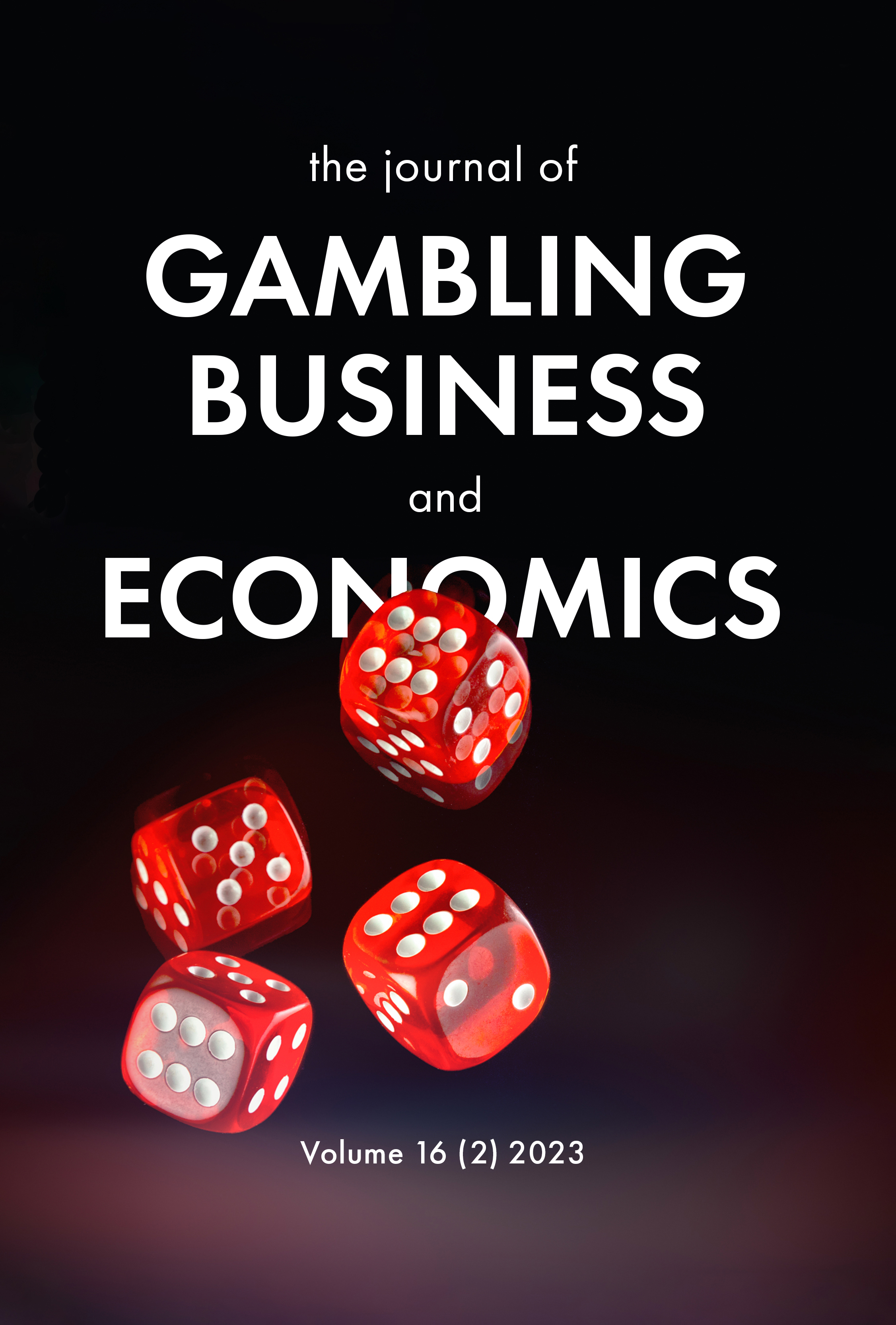A Parallel Assessment of Non-Gambling-Based and Gambling-Based Sponsorships of Sports Properties
Main Article Content
Abstract
The current study examines the congruence, or lack thereof, of the relationships as identified in two earlier studies: one that addressed sports-based sponsorship and the other that focused on sports gambling. Study one identified a general model of the sports sponsorship environment based upon an array of benefits derived by four categories of beneficiaries that are directly impacted by the sponsorship of a sports entity (i.e., team, athlete, sports venue, and so on). The four categories of beneficiaries were identified as sponsors, sports, spectators, and society-at-large. The original model further examined the interactions among the four categories of beneficiaries while delineating 12 directional linkages and 159 potential benefits. The second study focused on the results emanating from a recent Supreme Court of the United States (SCOTUS) ruling that declared the Professional and Amateur Sports Protection Act (PASPA) to be unconstitutional. That ruling allowed American gambling organizations to become more involved in sports betting, and consequently, they have become engaged in the sponsorship of a variety of sports entities. A similar analysis to the one used in traditional sports sponsorship documented 14 groups of beneficiaries and 201 benefits. The current study, which delineated 215 benefits, extends the previous research by integrating these complementary streams within an overarching sponsorship model. Results demonstrate that the sponsorship environment is more complex than previous research has shown, and several contributions that are both theoretical and managerial in scope are articulated.
Article Details
Issue
Section
Articles

